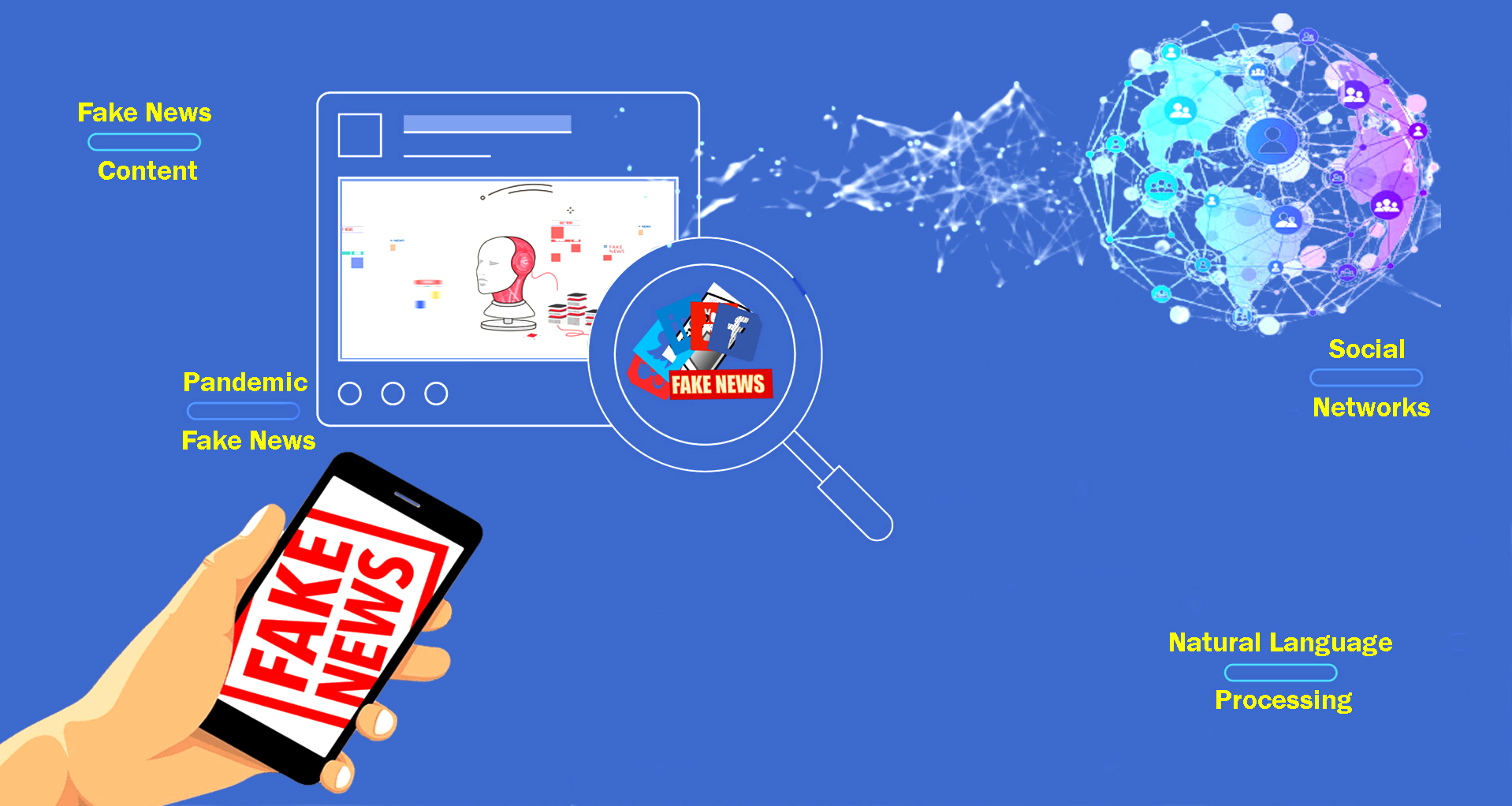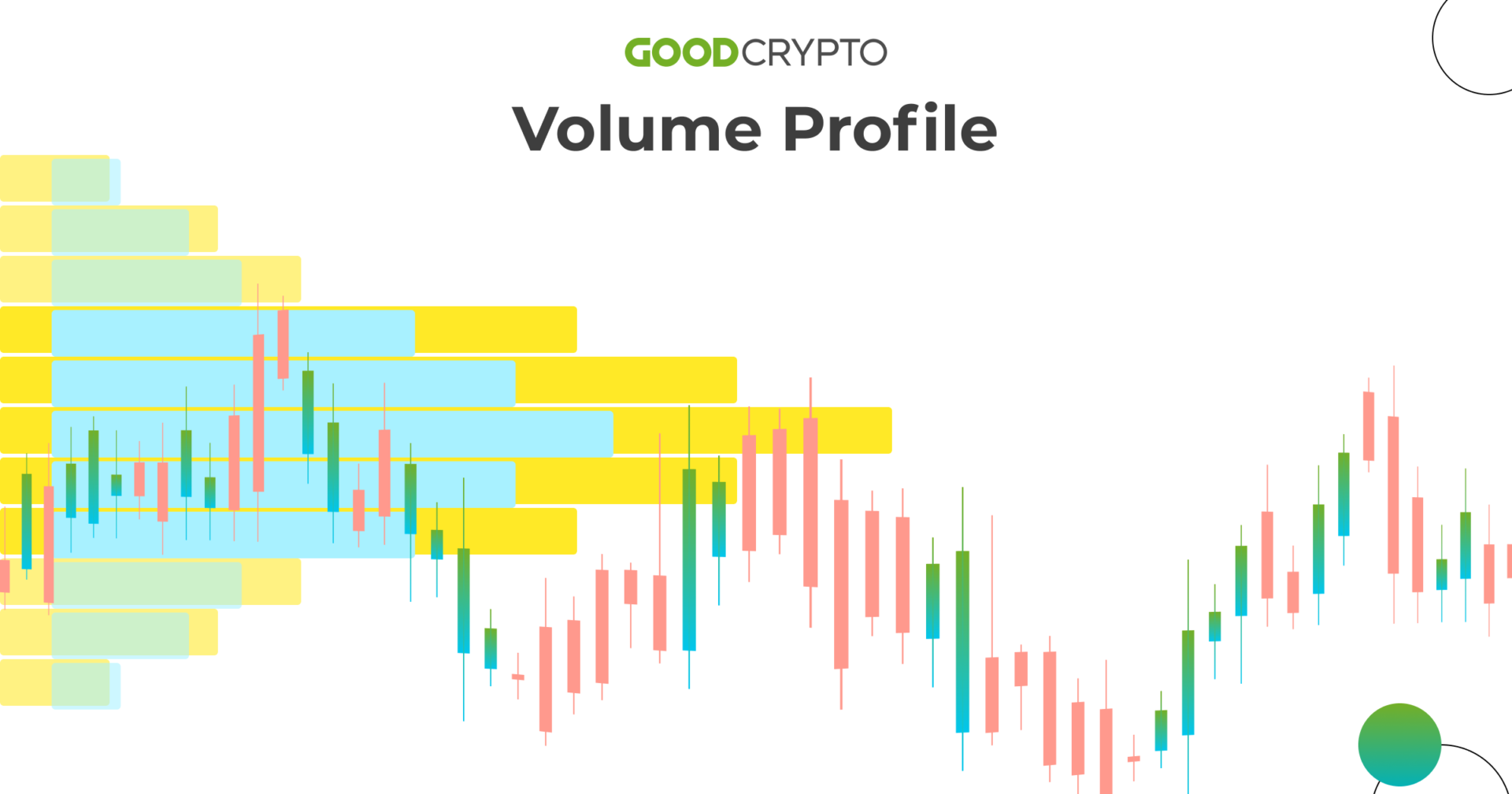Did you know that some day trading bots can process data faster than you can say "buy low, sell high"? In the fast-paced world of trading, these automated systems rely on a variety of data sources to make informed decisions. This article delves into the essential types of data day trading bots utilize, including historical price data, real-time market data, and order book insights. We’ll explore how trading bots leverage technical indicators, macroeconomic factors, and even social media feeds to enhance their trading strategies. Additionally, we’ll discuss the importance of sentiment analysis, volume data, and price patterns, as well as how these bots manage data from multiple exchanges and tackle latency issues. By understanding the data landscape, you can better appreciate how DayTradingBusiness equips you with the tools to navigate this complex trading environment.
What types of data do day trading bots rely on?
Day trading bots rely on real-time market data, including price quotes, order book depth, and trade execution data. They also analyze historical price patterns and technical indicators like moving averages, RSI, and MACD. News feeds, economic calendar updates, and social media sentiment are used for macroeconomic insights. Some incorporate data from trading volume, bid-ask spreads, and liquidity to make quick, informed decisions.
How do trading bots use historical price data?
Trading bots analyze historical price data to identify patterns and trends, helping predict future movements. They use past price charts, volume, and volatility metrics to develop algorithms that trigger buy or sell signals. This data allows bots to backtest strategies, optimize entry and exit points, and adapt to market conditions in real time. Essentially, historical price data guides their decision-making, making trading more systematic and less emotional.
What role does real-time market data play in trading bots?
Real-time market data guides trading bots to make instant buy or sell decisions based on current price movements, volume, and order book changes. It ensures the bot reacts quickly to market fluctuations, optimizing entry and exit points. Without real-time data, the bot can't respond promptly, increasing the risk of missed opportunities or losses.
How do trading bots analyze order book data?
Trading bots analyze order book data by tracking real-time bid and ask prices, volume, and order depth. They identify patterns like large buy or sell walls, quick price shifts, and liquidity gaps. This helps them predict short-term price movements and execute trades automatically based on predefined algorithms.
Do trading bots consider news and social media feeds?

Most trading bots primarily analyze market data like price, volume, and technical indicators. Some advanced bots integrate news feeds and social media sentiment analysis to gauge market mood, but this isn’t universal. When they do, they scan news headlines, social media posts, and sentiment scores to inform trades.
How important is technical indicator data for trading bots?
Technical indicator data is crucial for trading bots because it guides buy and sell decisions based on price patterns, momentum, and volume. Without it, bots lack the signals needed to identify entry and exit points accurately. These indicators, like RSI or moving averages, help bots analyze market trends quickly, making trading more efficient and responsive.
Can trading bots use macroeconomic data?
Yes, trading bots can use macroeconomic data. They analyze indicators like GDP, interest rates, inflation, and employment figures to inform trading decisions. These data points help bots predict market trends and adjust strategies accordingly.
What kind of sentiment analysis data do trading bots incorporate?
Trading bots use sentiment analysis data from social media, news headlines, financial forums, and analyst reports to gauge market mood. They analyze language tone, keywords, and trending topics to predict price movements. This data helps bots react quickly to shifts in investor sentiment, like panic selling or euphoria.
How do trading bots interpret volume data?

Trading bots interpret volume data by analyzing the number of shares or contracts traded within a specific timeframe. High volume often signals strong market interest or a potential trend reversal, while low volume suggests less activity and possible price stagnation. Bots use volume spikes to confirm price movements, identify breakouts, or spot potential entry and exit points. They incorporate volume trends alongside price data to improve decision accuracy and avoid false signals.
Do trading bots analyze price patterns or chart data?
Trading bots analyze chart data, including price patterns, candlestick formations, and technical indicators, to make decisions. They process historical and real-time price movements to identify trends and signals.
How do trading bots handle data from multiple exchanges?
Trading bots gather data from multiple exchanges through APIs, pulling real-time prices, order book info, and trade history. They analyze this data to spot arbitrage opportunities, monitor market trends, and execute trades across platforms. The bots constantly update their data feeds to stay synchronized with each exchange's latest activity.
Are fundamental data used by day trading bots?
Yes, day trading bots use fundamental data like earnings reports, economic indicators, and news events to inform their trades.
Learn about What Programming Languages Are Used for Day Trading Bots?
How do trading bots update their data sources?
Trading bots update their data sources by connecting to real-time market feeds, APIs from exchanges, and financial data providers. They continuously fetch live price quotes, order book data, and news updates. These updates happen automatically at high speed, ensuring the bot acts on the latest market information. Some bots also incorporate historical data and sentiment analysis to refine their strategies.
What are the key data points for algorithmic trading strategies?
Day trading bots primarily rely on real-time price data, volume, bid-ask spreads, order book depth, and technical indicators like moving averages, RSI, and MACD. They also analyze historical price patterns, volatility metrics, and market news sentiment to inform trades.
How do trading bots manage data latency issues?
Trading bots manage data latency by using high-speed servers closer to market data sources, optimizing data processing algorithms, and prioritizing real-time data feeds. They often rely on direct connections to exchanges, minimizing delays, and implement algorithms that quickly adapt to data updates. Some use predictive models to compensate for minor latency, ensuring trades are executed based on the latest available information.
Conclusion about What Data Do Day Trading Bots Use?

In summary, day trading bots rely on a diverse array of data, including historical price, real-time market information, and technical indicators, to inform their trading strategies. They also incorporate order book data, news feeds, and sentiment analysis to enhance decision-making. As these bots continuously update their data sources and manage latency, they can adapt quickly to market changes, making them valuable tools for traders. For comprehensive insights and guidance on utilizing trading bots effectively, DayTradingBusiness is here to help.
Sources:
- Implementation of Algorithm on Intraday Trading Bot for Trading ...
- Artificial intelligence techniques in financial trading: A systematic ...
- Automated cryptocurrency trading approach using ensemble deep ...
- Prediction of bitcoin stock price using feature subset optimization ...
- Opinion Paper: “So what if ChatGPT wrote it?” Multidisciplinary ...
- Managing Japan's Shrinking Labor Force With AI and Robots - IMF ...